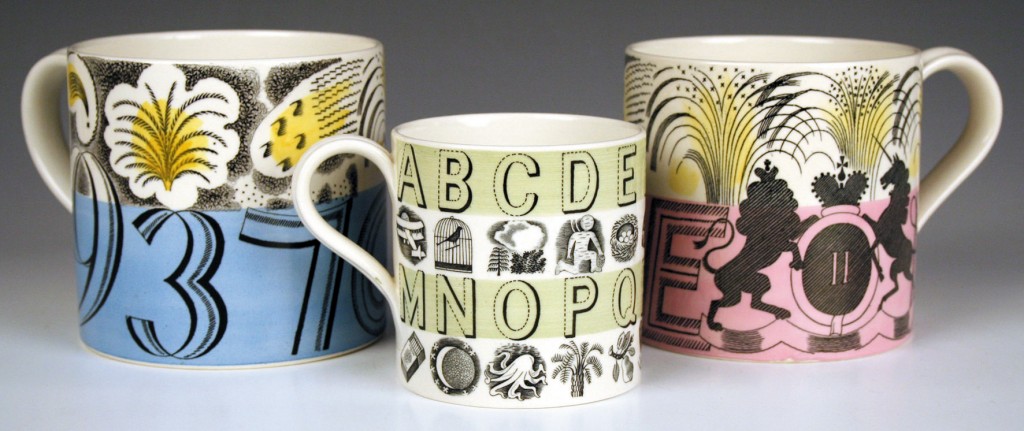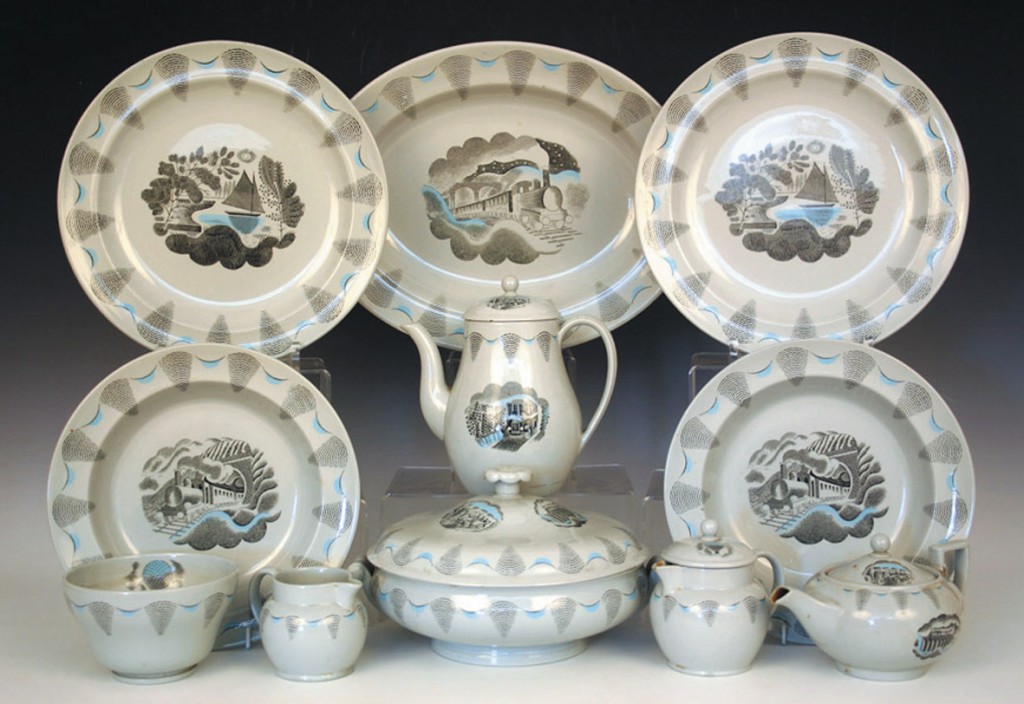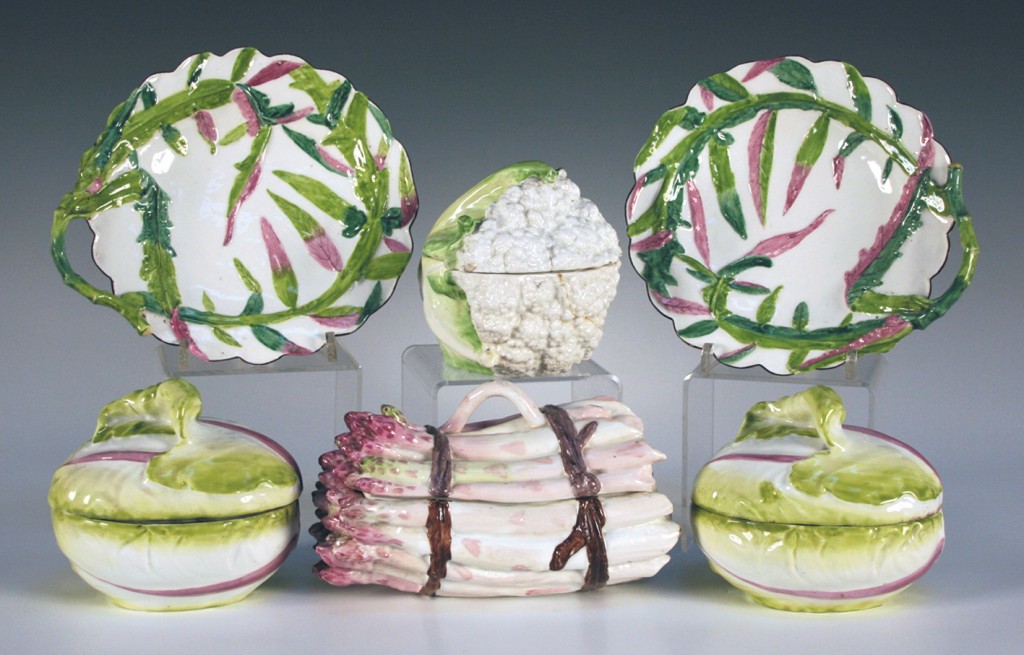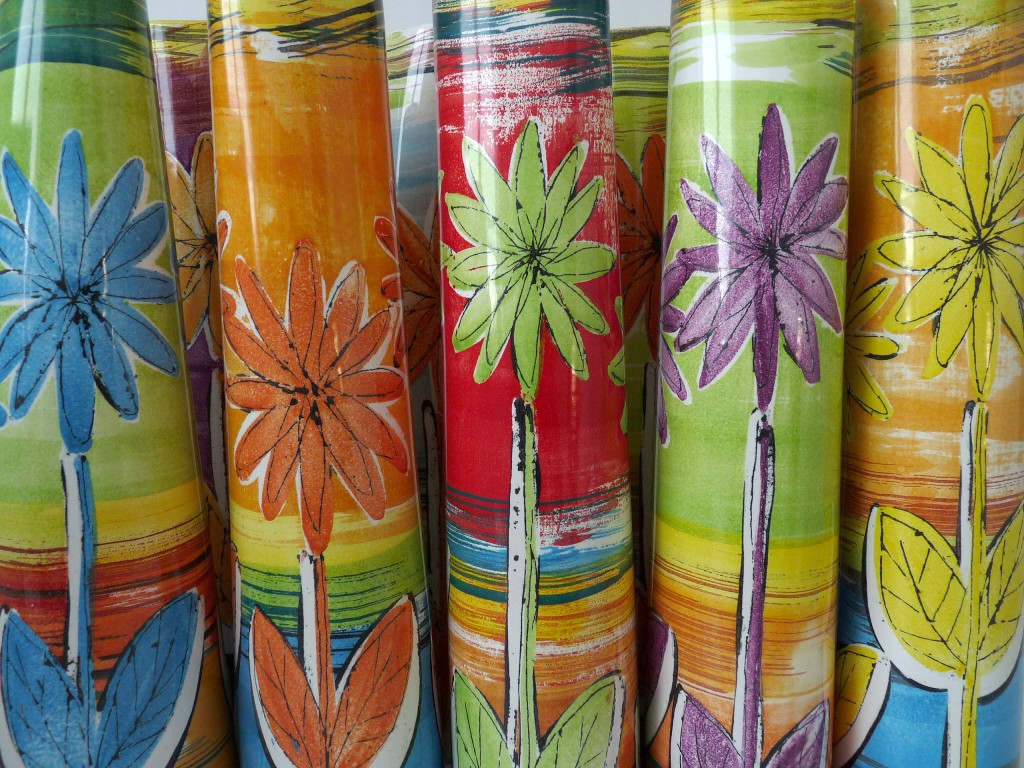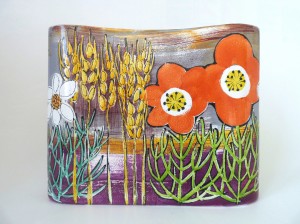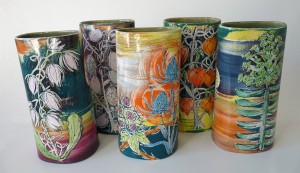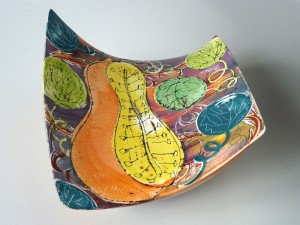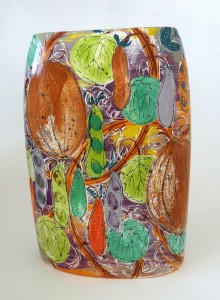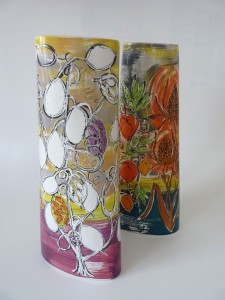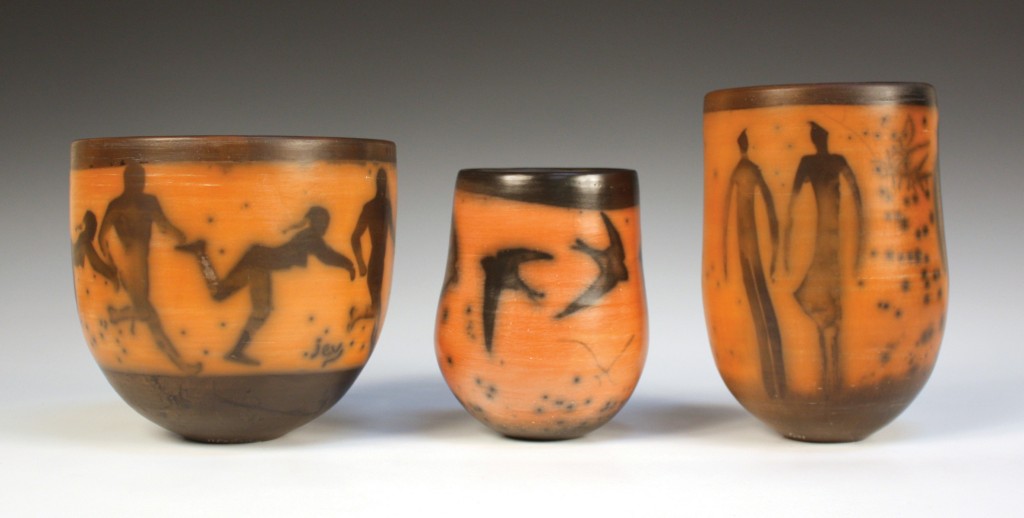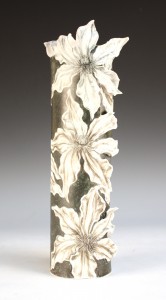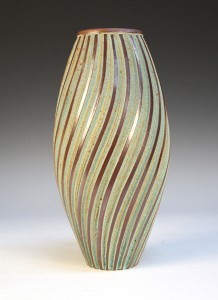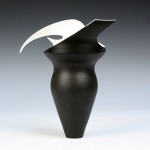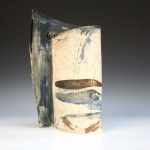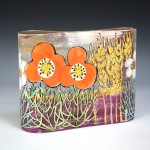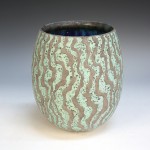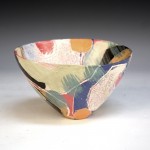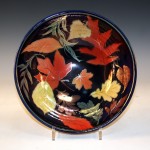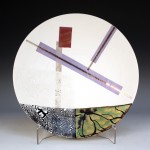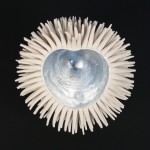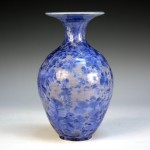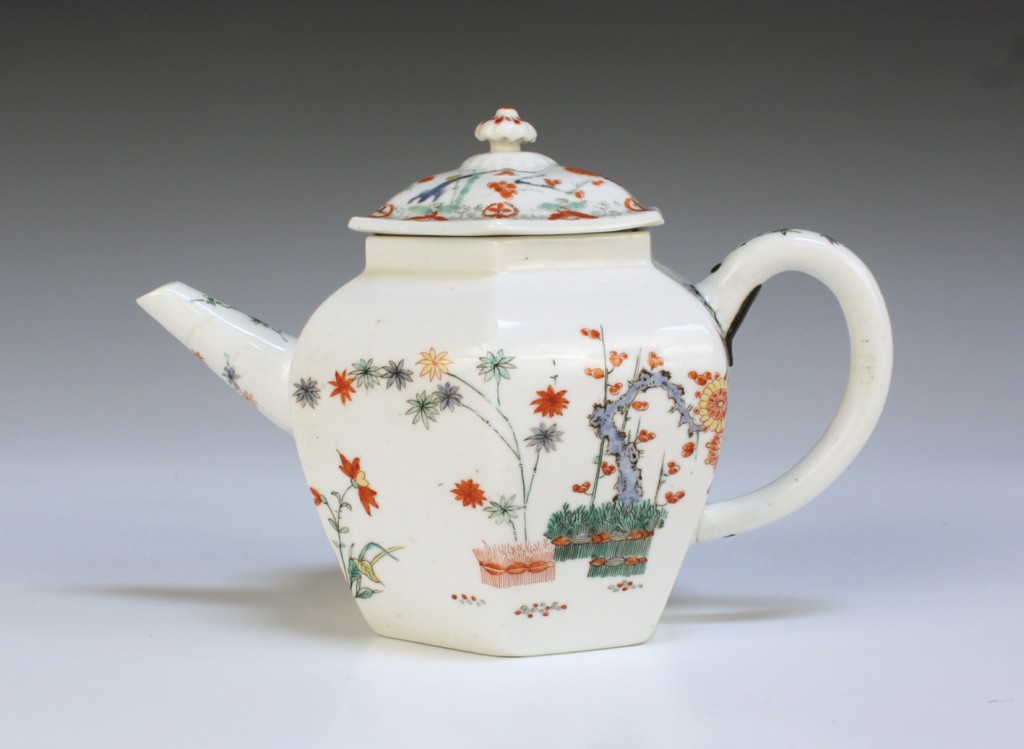
European collectors of Asian porcelain from the 18th century to today have celebrated the technically and artistically superb production of Japan. Amongst the most influential styles is Kakiemon, produced from the late 17th century onwards. Kakiemon porcelain is typically lightly decorated with asymmetrical patterns, usually depicting landscapes or flowers; the delicate painting is of high quality. Whilst there is a consensus that the Kakiemon style was produced at numerous kilns, it is the famous milky-white ‘nigoshide’ body, produced at the Nangawara kiln in Arita, which is particularly revered by connoisseurs. These qualities are emphasised by the near-colourless glaze.
Kakiemon is named after Sakaida Kakiemon, an almost mythical figure in Japanese porcelain history, to whom this polychrome enamelled decoration is first attributed. This skill in enamelling is illustrated in the way that the body is never decorated with underglaze blue. Though rarely imitated in China, Kakiemon was a great inspiration to porcelain manufacturers in France, Germany and England.
From the 1720s and throughout the 1730s, copies of Japanese Kakiemon achieved popularity in Continental Europe and England. Meissen examples were inspired by the Asian ceramics collection of Augustus II, Elector of Saxony and King of Poland. In 1717 Augustus acquired a small palace on the bank of the Elbe River in Dresden. It became known as the ‘Japanese Palace’ and was home to his extensive collection of Oriental ceramics, which included some 20,000 objects. Rooms on the second floor were reserved for examples from the Meissen factory, which he founded by royal decree in 1710. Although not completed during Augustus’ lifetime, the Japanese Palace remains one of the outstanding artistic achievements of the 18th century.
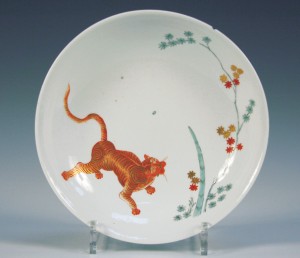
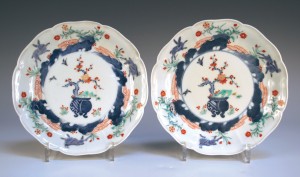
The Meissen porcelain circular saucer dish illustrated dates from 1730 and was originally from the Japanese Palace. It is painted in the Kakiemon style with a gilt-enriched, iron-red tiger opposite flowering bamboo. The base is marked with crossed swords in underglaze blue and an incised and painted Japanese Palace inventory number, ‘N=ZZ5. W’. Measuring just 21.2cm in diameter and with a minor chip to the rim, the dish realised £5800 at auction in Sussex at a Toovey’s specialist sale of Continental ceramics.
At the Chelsea porcelain factory in England, the Kakiemon taste of 17th century Japanese porcelain was also notable from the early 1750s. In this instance, however, the influence was derived from Meissen. Chelsea’s Kakiemon pieces were characteristically octagonal in form, like the porcelain teapot and cover shown, circa 1750-1755. Note how the body is decorated in the Kakiemon palette with an asymmetrical design of blossoming prunus, bamboo and banded hedge, the reverse with a ho-o bird in flight. This example was unmarked and had restoration to the spout and metal reinforcement to the handle. Nevertheless, it realised £2200 in my recent specialist auction.
Perhaps surprisingly, late 18th and early 19th century examples of Japanese Kakiemon, like the pair of plates illustrated, can be acquired much more reasonably. Today, a pair of plates like this would carry an auction estimate of £300-500, though the finest examples are valued in the thousands.
Kakiemon porcelain, whether Japanese, Continental or English, has for over four centuries provided an articulation of beauty through its restrained depictions of flowers and exquisite use of polychrome enamels. Its style resonates with our contemporary taste and, whilst prices continue to rise, it still represents great value and opportunities for the collector. Toovey’s next specialist auctions of British and Continental porcelain and Oriental ceramics and works of art will be held on the 12th September and 10th October 2013.
By Revd. Rupert Toovey. Originally published on 7th August 2013 in the West Sussex Gazette.
